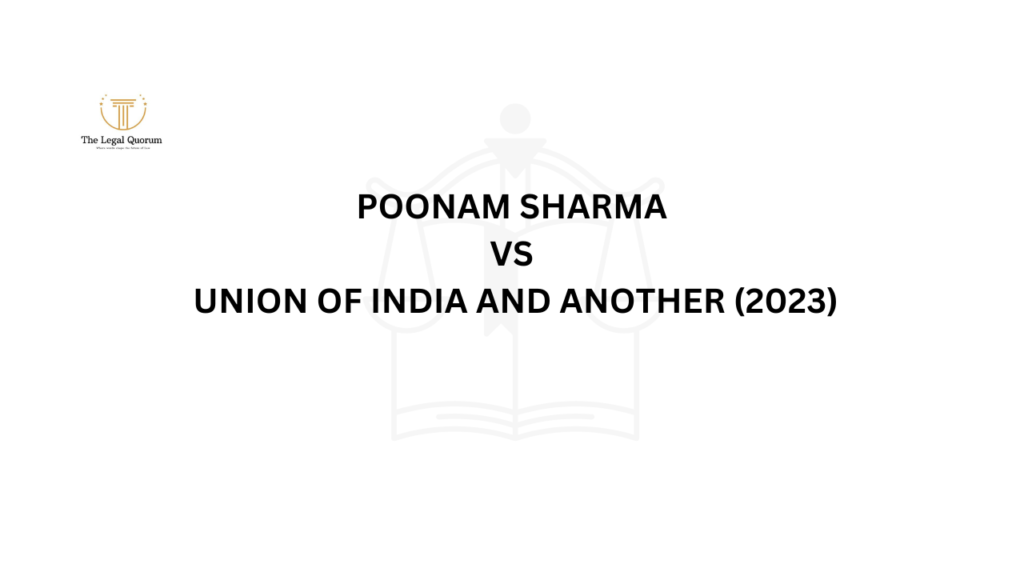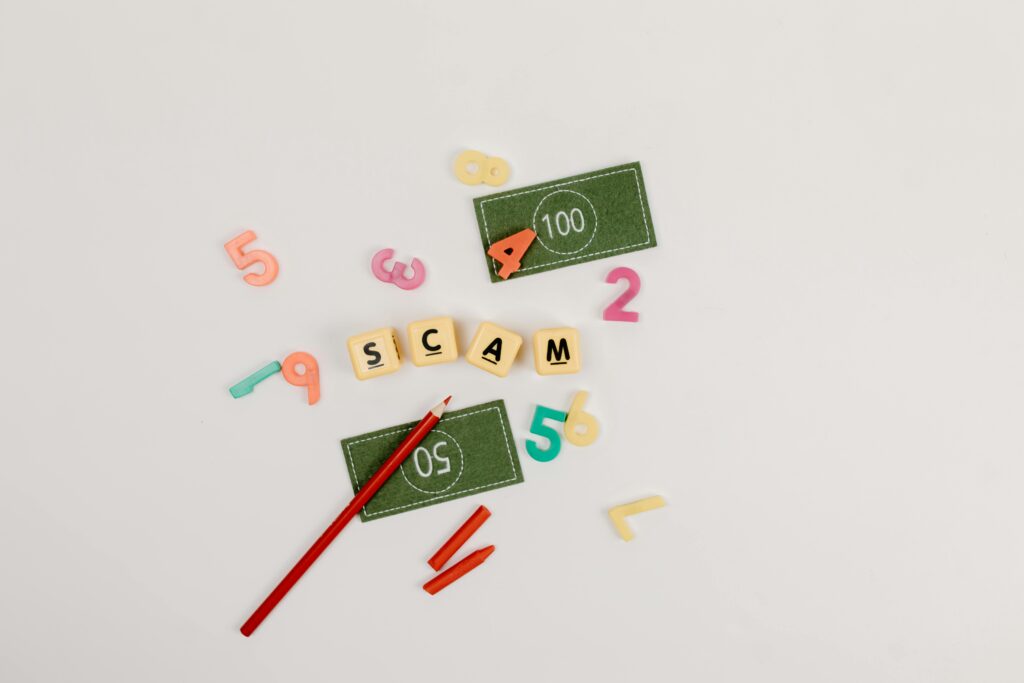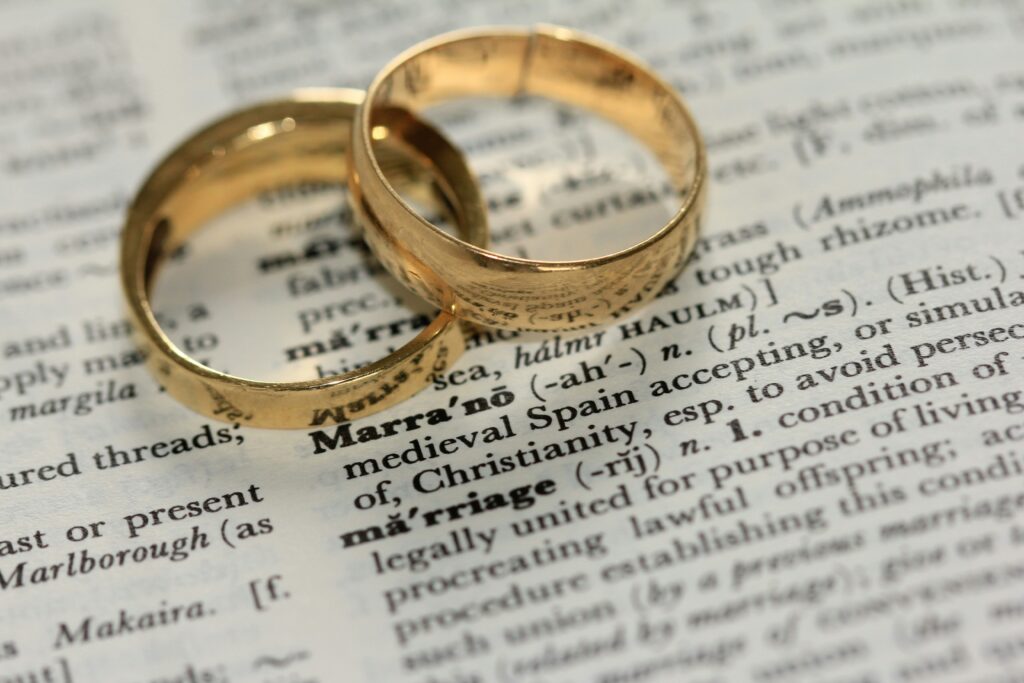Published On: September 19th 2025
Authored By: Kumari Rupa
Faculty of Law, Lucknow University
Abstract
Free speech is a vital pillar of any democracy, but India is experiencing a proliferation of speech that generates communal and social tensions.[1] This article analyses the conflicts between the fundamental right of free speech under Article19(1)(a) of the Indian constitution and reasonable restrictions under Article19(2).[2] It examines penal provisions (eg, the Sections153A, 295A, 505 of the Indian Penal Code) and key cases such as Shreya Singhal v Union of India (to quash Section 66A of the IT Act) and Pravasi Bhalai Sangathan v Union of India (if hate speech be defined) as well.[3] Taking its cue from the report of the Law Commission(LC) on hate speech, this paper unpacks the category of hate speech, points out the difficulty of enforcement in the face of nebulous statutes, not to forget the social media amplification of hate content, and analyses the proportionality paradigm formulated by Justice K S Puttaswamy (Retd) v Union of India and ascertain to what extent such reasoning has been integrated within this judgement. Instead, it suggests legislative clarity, judicial directives, platform self-regulation, and civic education as a multi-pronged way ahead; for only a precise, rights-respecting approach can protect freely-flowing discourse and harmonious coexistence.
Introduction
“In an era of digital platforms and instantaneous communication, debates about free speech and hate speech have acquired a new sense of urgency in India.” Article19(1)(a) ensures freedom of speech and expression, Article19(2) permits “reasonable restrictions” in the interest of public order, decency, morality or to control libel, slander and so on.[4] Unlike some jurisdictions, India does not have a special purpose hate-speech statute. Penal sections in the Indian Penal Code, on the other hand, cover content that promotes enmity or insults religious beliefs. In a nation of immense pluralism, both unbridled speech and over- broad restrictions expose us to serious dangers: the former fans the flames of violence, the latter chills freedom of speech. For this purpose, I refer to provisions of the Constitution, sections153A, 295A, 505 IPC, Representation of the People Act 1951 and the IT Act and analyze the seminal cases of Shreya Singhal (2015) and Pravasi Bhalai Sangathan (2014) and scrutinize the proportionality doctrine of the Supreme Court in Puttaswamy (2017). Its intent is to map the way in which India can both protect robust debate and square speech that divides communities.
Constitutional & Legal Framework
Article19(1)(a) provides unequivocally that “all citizens…shall have the right to freedom of speech and expression.”[5] This right is subject to “reasonable restrictions” under article 19 (2) for certain interests- sovereignty, public order, decency, morality, contempt of court, defamation, incitement to an offence, and friendly relations with foreign states.[6] These are phrases that define that free speech is expansive while not without limits. India’s Constitution, therefore, presumes to strike a balance: between the sanctity accorded to an individual’s liberty and a nation’s collective peace.
Hate speech is not even a legally defined category in the Constitution, nor in any central statute. Instead, hate speech is dealt with using different sections of the IPC that may pertain to forms of hate or incitement rhetoric. The lack of a clear definition of “attraction to the same sex” has in practice resulted in a piecemeal application, according to courts and the police, who have had to go by broad terms like “public order” and “morality.” This indeterminacy requires vigilant judicial scrutiny of the restrictions and clear limits must be placed and they should not be allowed to become regulations of random censorship.[7]
What is Hate Speech?
Hate speech is communications that disparages a person or a group on the basis of some characteristic such as race, religion, caste, ethnicity, gender or sexual orientation.[8] The Law Commission’s 267th Report (2017) describes hate speech as “communication that is intended and likely to cause harm, by expressing hatred of an identifiable group” on the basis of a number of protected attributes.[9] As put by the Supreme Court in Pravasi Bhalai Sangathan, it is “speech targeted against an identifiable group, intended to stir up hatred and ill-will.”[10] Unlike mere insult or offense, hate speech has the potential to tear apart the social fabric and incite violence-atrocities that we in India have seen in communal riots and caste feuds.
Regulating hate speech is legally problematic. Definitions too wide can trap legitimate criticism and academic discussion, definitions too narrow can leave vulnerable communities without protection. As the law is framed, and as it has been implemented, what you deem as colonial sentiment crushes, in its press, even bona fide academic critique – because to critique can be perceived or treated as having the intent or effect of outraging religious feelings.[11] The legal uncertainty created by this case illustrates the pressing need for clearer legislative norms and strong procedural safeguards.
Key Statutory Provisions and Judicial Trends.
Relevant Statutes
- IPC 153A: Criminalizes “promoting enmity between different groups on grounds of religion, race, place of birth, residence, language and doing acts prejudicial to maintenance of harmony,” punishable with a term of imprisonment, in certain conditions of up to three years and fine.[12]
- IPC 295A: Makes punishable with up to three years jail and fine, any “deliberate and malicious acts, intended to outrage religious feelings.”[13]
- IPC 505: Statements conducing to public mischief, including statements causing fear or alarm to the public.[14]
- Representation of the People Act 1951 s 123(3A): Disqualifies candidates if they use religion/caste to secure votes.[15]
- IT Act 2000: Section79 provides intermediaries with punitive protection; Section69A gives government-ordered takedowns.[16]
Important Case Laws
- Section 66A of the IT Act was invalidated in Shreya Singhal v Union of India (2015) on the grounds of vagueness and overbreadth, as restrictions under Article19(2) must be “narrowly tailored” to the legitimate aims contained therein.[17]
- Pravasi Bhalai Sangathan v Union of India, (2014) which had asked the Court to clarify hate speech, invoking Articles14, 15, and 19(1)(a).[18]
- In Amish Devgan Media Foundation v Union of India, (2021) the court had to decide complaints on online content alleging religious intolerance and COVID-19, thereby highlighting the challenges of extending IPC provisions to the digital space.[19]
These decisions demonstrate the progress of the judicial branch in applying the tendency to draw distinctions between intimations of support (advocacy) and exhortations to act (incitement) as well as to update statutes that are more than a century old to the modern age.
Challenges in Drawing the Line.
Discretion and Bia: Loose expressions such as “public order” and “morality” in Articles 19(2) and IPC provisions grant excessive discretion to the law enforcers leading to disparate enforcement. At times, political or religious organizations have used this lacuna to harass dissenters or minorities.
Social Media Amplification: Platforms are another mechanism that allow inflammatory content to spread widely and quickly. Fake news and deep-fakes have the power to turn isolated posts into national flashpoints before the authorities are able to respond, making traditional takedown mechanisms obsolete.
Judicial Delays and Chilling Effects: The clogging of the courts delays the resolution of hate-speech cases and aggrieved communities are not able to obtain prompt redress. At the same time, journalists and intellectuals who fear prosecution on broad charges may self-censor.
Digital Anonymity: The internet makes it difficult to track down who is behind the threats, slowing down investigations. Quite often, the cyber cells do not have the expertise or resources to quickly trace-back.
Selective Enforcement: Political speeches that approach hate speech are often given a pass, while lower-profile figures get a criminal record. Such a double standard can only shake people’s confidence in the rule of law and make them more likely to regard law as a means of oppression rather than justice.
Together, these challenges highlight the necessity for objective, transparent guidelines governing enforcement of speech restrictions.
Need for Balance: Free Speech vs. Social Harmony.
Importance of Dissent: The Supreme Court has held that free expression “includes the right to persuade others to change their views and that this may not be done as effectively if the speaker must pay the costs of the persuader.”[20] Democracies rely on this kind of dissent to right power imbalances and drive progress.
Preventing Harm: Unleavened hate speech also corrodes social trust and can beget violences, undercutting the very democratic order that free speech helps sustain.
Proportionality Test: Justice K.S Puttaswamy (Retd) v Union of India (2017) the Court affirmed that the nature of restrictions on the fundamental rights must be reasonable and must be such that they strike a balance between the extent of the right and the object of public interest.[21] For hate-speech laws, this would test ensure that only speech causing imminent harm is burdened.
Targeted Definitions: A statutory definition might zero in on the intent to incite violence, the immediacy of the threat and the context- public rallies versus private discourse. If objective cut-offs were incorporated (e.g. history of imminent violence), arbitrarity would be lessened.
Procedural Safeguards: Requiring prefiled judicial approval for hate-speech complaints, setting rigid deadlines for police to file reports and requiring public reasoned orders justifying takedowns would help reduce misuse.
A principled framework- anchored in proportionality, definition, and process- can harmonize the conflicting demands of free speech and social peace.
Reforms and the Way Forward.
Dedicated Hate-Speech Law: The Law Commission’s 267th Report (2017) recommends a distinct statute on hate speech, providing for a definition, proportionate punishments and procedural safeguards (such as pre-complaint screening committee).[22]
Supreme Court Guidelines: Like in Arnesh Kumar v State of Bihar (2014), the Court could lay down guidelines for lower courts and for police: pre-filing judicial scrutiny of complaints, timelines for investigation and disposal, and guidelines for the standard of evidence.
Platform Accountability: DMs ought to embrace transparent content-moderation policies under the IT (Intermediary Guidelines) Rules 2021 which would include time-sensitive transparency reports on takedowns.
Capacity Building: Ongoing training courses on collective behavior and digital evidence for police, prosecutors and judges would contribute to a more informed enforcement.
Civic Education and Counter-Speech: Governing and civil society should lead digital literacy campaigns, inquiring the public to responsibly report hate content and participate in counter-speech projects.
Media Ethics: Press councils and bodies of journalists can tighten their ethical codes to prevent sensationalist reporting which adds fuel to communal fire.
By combining legislative precision, judicial mon2357itoring, platform self-policing and civic intervention, India can develop this robust ecosystem that enables free expression along with the control of divisive hate speech.
Conclusion
The twin pillars of India’s democracy are free speech and social harmony. Although Article19(1)(a) emphasizes the extensive freedom, the Constitution allowed the imposition of reasonable restrictions which is required for the maintenance of public order and the protection of rights of other persons. But the disjointedness of today’s legal architecture, scattered between Article 19(2), IPC provisions, and the IT Act, is imprecise and encourages both overreach and under-enforcement. In Shreya Singhal and Pravasi Bhalai Sangathan, landmark rulings that ring-fence the right to free speech, the Court has demonstrated its willingness to mould the boundaries of acceptable speech to achieve a more perfect public reason, but much remains to be done. Express statutory definitions, reasonableness based tests, due process safeguards, and high degree of clarity in enforcement norms is the need of the hour. Parallel efforts – ethical media, knowledge platform policies, and civic education – might strengthen legal reform. Indeed, only by adopting a nuanced, multistakeholder approach to this issue will India be able to let freedom of expression thrive without turning it into a cover for hate, and to let social cohesion persist without shutting down crucial dissent.
References
[1] Constitution of India art 19(1)(a), Legislative Department, Ministry of Law and Justice, Government of India (2024) https://lddashboard.legislative.gov.in/sites/default/files/COI_2024.pdf accessed 21 July 2025.
[2] Constitution of India art 19(2), Legislative Department, Ministry of Law and Justice, Government of India (2024) <ibid>.
[3] Shreya Singhal v Union of India, AIR 2015 SC 1523 (SC) (SCC Online).
[4] Constitution of India art 19(2), Legislative Department, Ministry of Law and Justice, Government of India (2024).
https://lddashboard.legislative.gov.in/sites/default/files/COI_2024.pdf accessed 21 July 2025.
[5] Constitution of India art 19(1)(a), Legislative Department, Ministry of Law and Justice, Government of India (2024).
https://lddashboard.legislative.gov.in/sites/default/files/COI_2024.pdf accessed 21 July 2025.
[6] Constitution of India art 19(2), Legislative Department, Ministry of Law and Justice, Government of India (2024).
https://lddashboard.legislative.gov.in/sites/default/files/COI_2024.pdf accessed 21 July 2025.
[7] Constitution of India art 19(2), Legislative Department, Ministry of Law and Justice, Government of India (2024) <ibid>.
[8] Pravasi Bhalai Sangathan v Union of India, AIR 2014 SC 1591 (SC) (SCC Online).
[9] Law Commission of India, Hate Speech Report No 267 (2017) https://lawcommissionofindia.nic.in/reports/Report267.pdf accessed 21 July 2025.
[10] Shreya Singhal v Union of India, AIR 2015 SC 1523 (SC) (SCC Online).
[11] Indian Penal Code 1860 ss 153A, 295A, 505, Legislative Department, Ministry of Law and Justice, Government of India (2008).
https://legislative.gov.in/sites/default/files/A1860-45.pdf accessed 21 July 2025.
[12] Ind Indian Penal Code 1860 ss 153A, 295A, 505, Legislative Department, Ministry of Law and Justice, Government of India (2008) <ibid>.
[13] Indian Penal Code 1860 ss 153A, 295A, 505, Legislative Department, Ministry of Law and Justice, Government of India (2008) <ibid>.
[14] Indian Penal Code 1860 ss 153A, 295A, 505, Legislative Department, Ministry of Law and Justice, Government of India (2008) <ibid>.
[15] Representation of the People Act 1951 s 123(3A), Ministry of Law and Justice, Government of India https://legislative.gov.in/sites/default/files/A1951-43.pdf accessed 21 July 2025.
[16] Information Technology Act 2000 ss 66A (repealed), 79, 69A, Ministry of Electronics & Information Technology, Government of India https://meity.gov.in/writereaddata/files/it_act2000/it_amend_act2008/it_amend_act08.pdf accessed 21 July 2025.
[17] Shreya Singhal v Union of India, AIR 2015 SC 1523 (SC) (SCC Online).
[18] Pravasi Bhalai Sangathan v Union of India, AIR 2014 SC 1591 (SC) (SCC Online).
[19] Amish Devgan Media Foundation v Union of India, Writ Petition (C) No 460 of 2020 (SC) (SCC Online).
[20] Shreya Singhal v Union of India, AIR 2015 SC 1523 (SC) (SCC Online).
[21] Justice K S Puttaswamy (Retd) v Union of India, AIR 2018 SC 1691 (SC).
[22] Law Commission of India, Hate Speech Report No 267 (2017) https://lawcommissionofindia.nic.in/reports/Report267.pdf accessed 21 July 2025.




